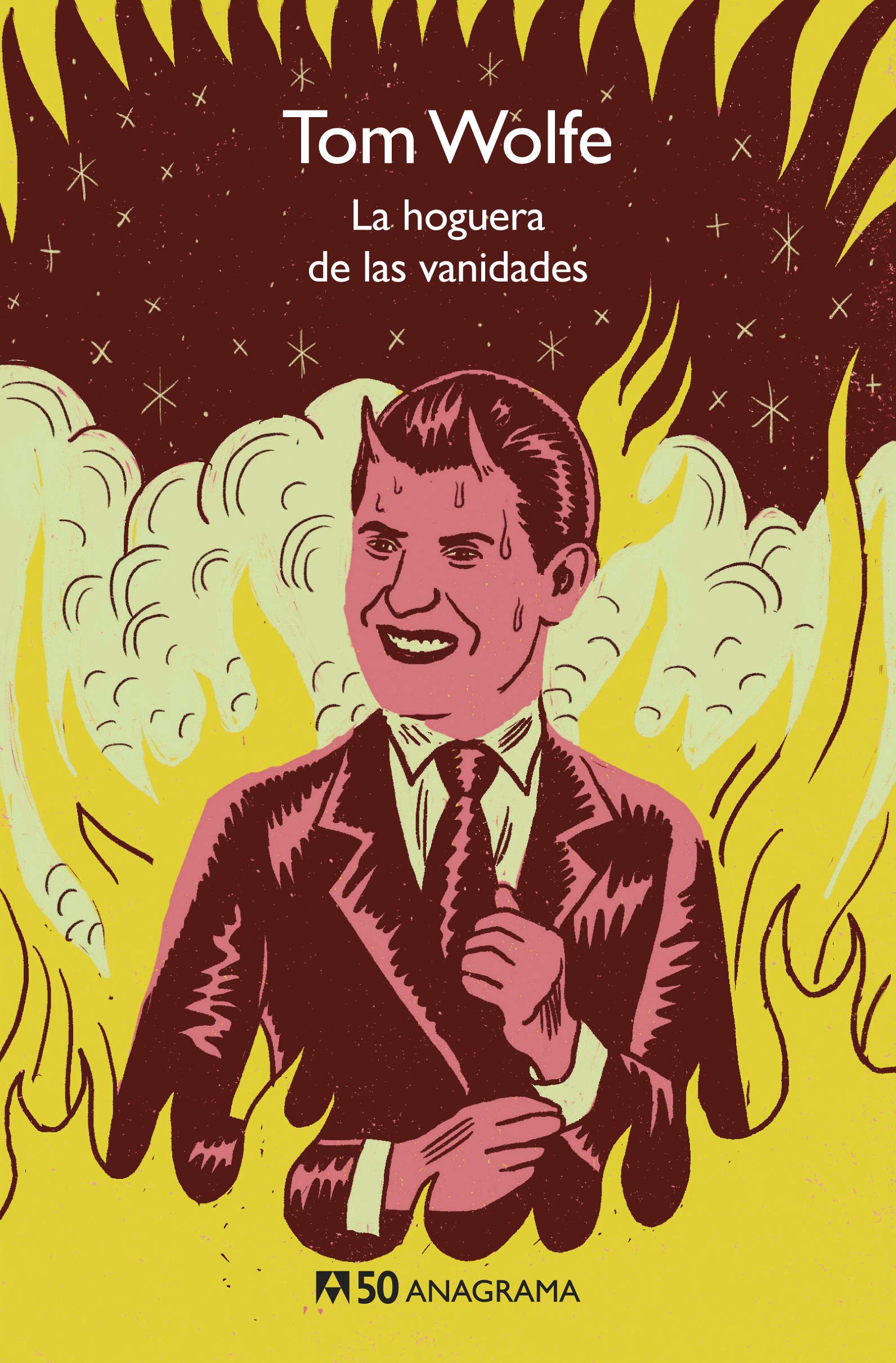
Review of the book “The Bonfire of the Vanities” by Tom Wolfe.
The Bonfire of the Vanities is a novel by American writer Tom Wolfe, published in 1987. The work tells the story of Sherman McCoy, a successful stockbroker on Wall Street, who is involved in a car accident in the Bronx with his lover, a young African-American woman. From there, McCoy’s life falls apart and he becomes the epicenter of a media witch hunt that takes advantage of racial tensions in New York.
The Bonfire of the Vanities, by Tom Wolfe, is one of the most emblematic novels of American literature of the 20th century. Published in 1987, it is a biting and brilliant satire on New York society in the 1980s, marked by power, money, ambition and corruption.
The novel tells the story of the fall from grace of Sherman McCoy, a successful and arrogant financial advisor who considers himself “the king of the universe.” One night, while returning from the airport with his mistress Maria Ruskin, a married and wealthy woman, he gets lost in the Bronx and accidentally runs over a young black man named Henry Lamb. From that moment on, his life becomes a nightmare: he is pursued by the tabloid press, manipulated by politicians and lawyers, betrayed by his wife and her lover, and accused of racism and murder.
The novel is written with an agile, ironic style and full of details that masterfully portray the environment and characters of the time. Wolfe uses different points of view to show the different facets of reality: the journalist Peter Fallow, who seeks scandal at any price; the Reverend Reginald Bacon, who takes advantage of the case to promote his personal interests; prosecutor Abe Weiss, who is seeking re-election at McCoy’s expense; Judge Leonard White, who tries to maintain impartiality in the face of media pressure; and lawyer Tommy Killian, who defends McCoy with cunning and cynicism.
The bonfire of the vanities is a novel that has not lost its validity or relevance. It is a lucid and critical portrait of a society dominated by appearances, inequalities and racial conflicts. It is also a reflection on the fragility of success and happiness, and on the moral responsibility of each individual for their actions. It is, in short, a masterpiece of contemporary literature that deserves to be read and enjoyed.
Wolfe uses a detailed and precise writing style that reflects the complexity of New York society and the personalities of the characters who inhabit it. The novel not only addresses McCoy’s downfall, but also explores themes such as corruption, racial discrimination, vanity, power, and money in 1980s American society.
Through the different characters that appear in the novel, Wolfe shows how ambition and the desire for power can lead people to do anything to maintain their position in society. From the corrupt judge to the unscrupulous journalist, including politicians and religious leaders, all the characters seem to have a double standard that allows them to justify their actions.
One of the most remarkable aspects of the novel is its humor. Wolfe uses satire to criticize American society at the time and to point out the hypocrisy and superficiality of its institutions. The language used by the characters, the way they express themselves, and their actions are so exaggerated and ridiculous that they are comical, but they also reveal the lack of ethics and humanity hidden behind their actions.
Another interesting aspect of “The Bonfire of the Vanities” is its portrait of New York City. Wolfe describes in detail the different areas of the city, its inhabitants, its customs and its atmosphere, creating a vivid and realistic portrait of the city that seems to take on a life of its own in the pages of the book. Furthermore, the novel reflects the violence and insecurity experienced in the city during the 1980s, especially in poor neighborhoods like the Bronx.
In conclusion, “The Bonfire of the Vanities” is a satirical and intelligent novel that criticizes American society in the 1980s and its obsession with power, money and image. Tom Wolfe uses detailed, precise language to create a vivid, realistic portrait of New York City and its inhabitants, using humor and irony to point out the hypocrisy and superficiality of its institutions. A work that, without a doubt, is still relevant today and that invites reflection on human nature and the society in which we live.
Source: https://algunoslibrosbuenos.com/la-hoguera-de-las-vanidades


